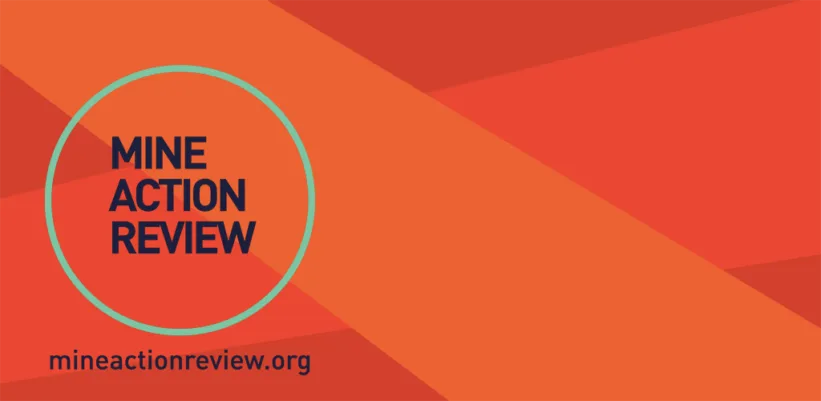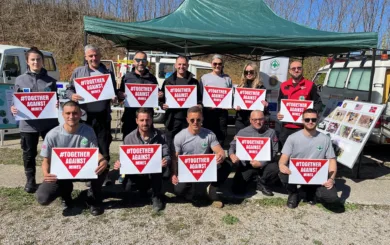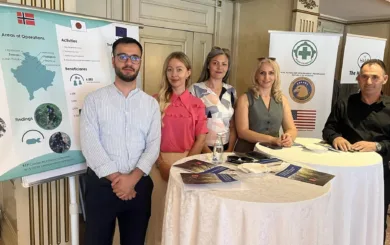Large areas of the Republic of Kosovo were contaminated by landmines and explosive remnants of war (ERW), including cluster munition remnants (CMR) as a result of the armed conflicts between the Federal Republic of Yugoslavia (FRY) and the Kosovo Liberation Army (KLA) in the late 1990s and that of the FRY and NATO in 1999. More than 500 casualties were reported due to landmines and ERW, with over 100 dead and more than 400 injured.
Kosovo’s Mine Action Center (KMAC) reports that currently known cluster munition remnant (CMR) contaminated areas cover approximately 10.02 km² across 42 areas of the country (Mine Action Review 2023). This includes the ethnically diverse northern areas, which did not benefit from the initial and systematic land release efforts following the end of the armed conflicts. The population in Kosovo remains affected by the risk of physical harm, limited access to agricultural and grazing lands, forests, residential areas, as well as hampered development opportunities, hunting, recreational activities, and tourism.
Country Programme
Norwegian People's Aid (NPA) started its operations in Kosovo in 1999 as one of the first organisations to establish a mine action programme in the country. From 1999-to 2001 the UN managed the initial response following the conflict and declared far too early that the problem had largely been solved when it pulled out its resources.
In 2014 the Kosovo Mine Action Centre (KMAC) confirmed to NPA that Kosovo still has a substantial mine and ERW problem. NPA was then asked by KMAC and by the Norwegian Embassy in Kosovo to assist in the survey and clearance operations, particularly in the north of the country.
In 2015 NPA conducted a non-technical survey of the northern parts of the country, suspected to be contaminated with cluster munitions remnants, started technical survey and battle area clearance operations in 2016 and has been doing it since. As of October 2024, over 15 km2 of previously contaminated land have been released through clearance, technical and non-technical survey and returned to the beneficiaries for safe use.

Fast facts
- Treaty Status: The international status of Kosovo remains the subject of a dispute, therefore, Kosovo is not a state party to either the MBT or the CCM.
- NPA started its operations in Kosovo in 1999 and the initial project was phased out in 2001.
- NPA reengaged in Kosovo in 2014 to initially focus on cluster munitions contamination in northern municipalities, after the same work had been done in southern municipalities of Serbia.
- The vast majority of casualties (77 %) were recorded between 1999 and 2000, owing to the return of refugees and displaced persons immediately following the war.
- According to KMAC, as of January 2025, approximately 6.67 km2 of land remains contaminated with cluster munitions.
Donors
NPA’s mine action activities in Kosovo are funded by the Government of Norway, the European Union, the Swiss Embassy, and the Embassy of Japan. In the past, NPA Kosovo was also funded by the NRK’s Telethon, and the U.S. Department of State US DoS - PM/WRA.








